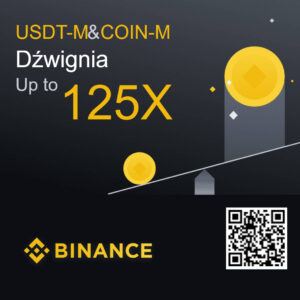Rate Solana 121,59 EUR
Change (24h): -2,04%
Calculator SOL / EUR
How is 1 Solana?
| SOL | 0 EUR | |
| EUR | 0 SOL |
Team
- No data
Another prices
- LUNA 0.000112 USDT 0,00%
- BSV 0.00233831 BTC 0,00%
- COMP 33.01 EUR 0,00%
- XLM 0.39588 USDT 0,00%
- PERL 0.00000113 BTC 0,00%
- FIO 0.01188 USDT 2,95%
- YFI 0.03769 BTC -2,41%
- BZRX 0.00000463 BTC inf%
- SUN 0.02025 USDT -0,30%
Do you know how buy Solana?
Description
Do you have account on KryptoBot?



